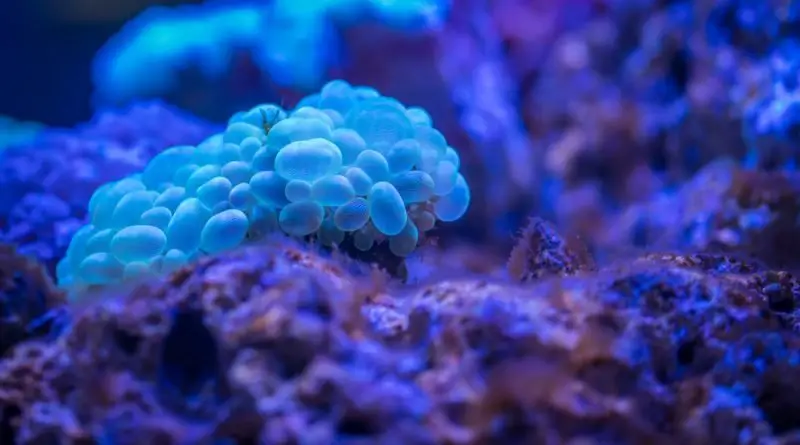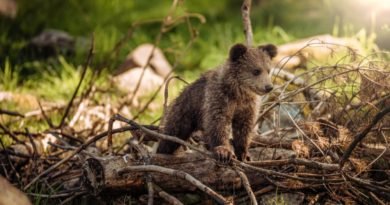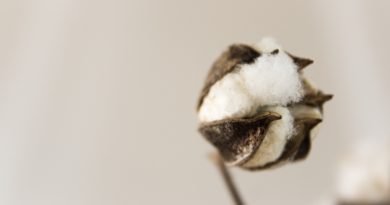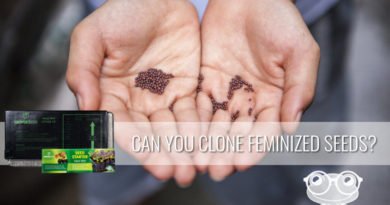Last modified on March 21st, 2022 at 5:27 pm
Everything You Need to Know About Corals
The world of coral reef and its inhabitants is an extensive one, with much to learn. This article will cover basic information about coral reefs and their roles in the process of coral reef formation.
What are Corals?
Corals are invertebrate marine organisms that sport a calcium carbonate skeleton. The coral’s exterior, or the part of the living animal, is most commonly known as its “coral tissue.” The scientific name for Corals comes from the Greek word for hibiscus flower Koralia which means “a rising sun”. Their most common color is white because they are colonies of tiny individual animals called polyps. There are about 8 major families of coral, with over 800 different species all found in tropical waters throughout the world. They have many important functions to humans including being sensitive bio-indicators of environmental health and they also play an integral role in stabilizing shorelines along coastlines.
Coral Categories
There are three main categories that all Corals fall under. The first one is reef-building Corals which grow in colonies on the surface of ocean floors made up of calcium carbonate (limestone). They are the most abundant of all marine organisms.
The second category is solitary or non-colonial Corals that live alone or with a mate. An example of this would be the seahorses that lay eggs on sea fans, branching soft corals, and leathery soft corals. Some examples of solitary colonial lifeforms are jellyfish, Portuguese man o’ wars, siphonophores, and salps.
Due to the solitary nature of most types of soft corals, they are among the most common types of coral found in aquariums. Soft corals also display vibrant colors and unusual or amusing behaviors and interactions with other aquarium occupants. They change the aquarium’s ecosystem dynamics, which aquarium hobbyists find both challenging and rewarding.
The third category consists of corals that secrete a skeleton made up of spicules (thin needles or plates) and includes members such as sea anemones and sea pens.
There is also another classification called the small-polyp stony corals which are known for their hard skeletons with long, slender tentacles. It’s believed they have been around since the Triassic period 245 to 206 million years ago. They are most common among reef builders but some solitary species exist too. These include the ones listed above in the second category.
Coral Varieties
Corals that have a tree-like appearance are called Acropora, which is known for its wide range of colors and shapes. These corals also contain the most biodiversity of any family in the entire phylum Cnidaria (the group that contains Corals, Jellyfish, anemones, sea pens).
The largest variety of Coral belongs to the genus Favia. It has circular disks edged with tentacles. They can be brown or green in color and they often grow in colonies on rocks in shallow waters near reefs. Favia’s main predators include Green Sea Turtles. They feed on young polyps when they are available but tend to avoid older ones because their stinging cells become more developed with age.
Some examples of other Coral varieties include stony corals, soft corals, table corals, whips and branches.
Coral Growth Rate
Coral can grow at different rates depending on various factors including sunlight, temperature, water quality, age, etc. The average growth rate for stony corals is 1-2 centimeters per year and in some areas like Australia’s Great Barrier Reef, it can be up to 4.5 centimeters per year (roughly 1 and a half inches).
Coral Phylum
Corals belong to the phylum Cnidaria, which consists of animals such as jellyfish, sea anemones, and hydrae. The name Cnidaria comes from the Greek word for nettle Kone which means “sting”. Their distinguishing feature is that they all share stinging cells called cnidae which they use for catching food and defense.
An example of this would be when small organisms come into contact with the tentacles of a jellyfish; the stingers that line its tentacles deliver paralyzing poison so the creature doesn’t get away. Then digestive enzymes are sent out to break down the prey so it can be digested.
In most cnidarians, these stinging cells are found in specialized cells called cnidocytes which have been grouped into those that have only one stinger and those that have up to 500 or more.
Coral Reefs
Coral reefs form a very diverse ecosystem with many different types of organisms including corals, fish, mollusks, crustaceans, algae, and seaweeds living together in a small area. When you look at a coral reef it might seem like a chaotic environment but they are actually quite organized. The reason for this is that coral reefs are the result of millions of years of evolution.
The corals themselves make up the skeleton that supports the reef. They secrete calcium carbonate (limestone) in order to do this and their skeletons come in different shapes like branching, flat plates, or tube-like structures called stylocones.
The limestone that they produce forms an incredible environment for other organisms to take refuge in; many fish species use these structures for shelter not only from predators but also for breeding grounds since they can lay eggs there.
While coral reefs take up less than 0.1% of the world’s ocean floor, 25% of all marine life can be found living on or around them! This is why it’s so important to keep them healthy and intact.
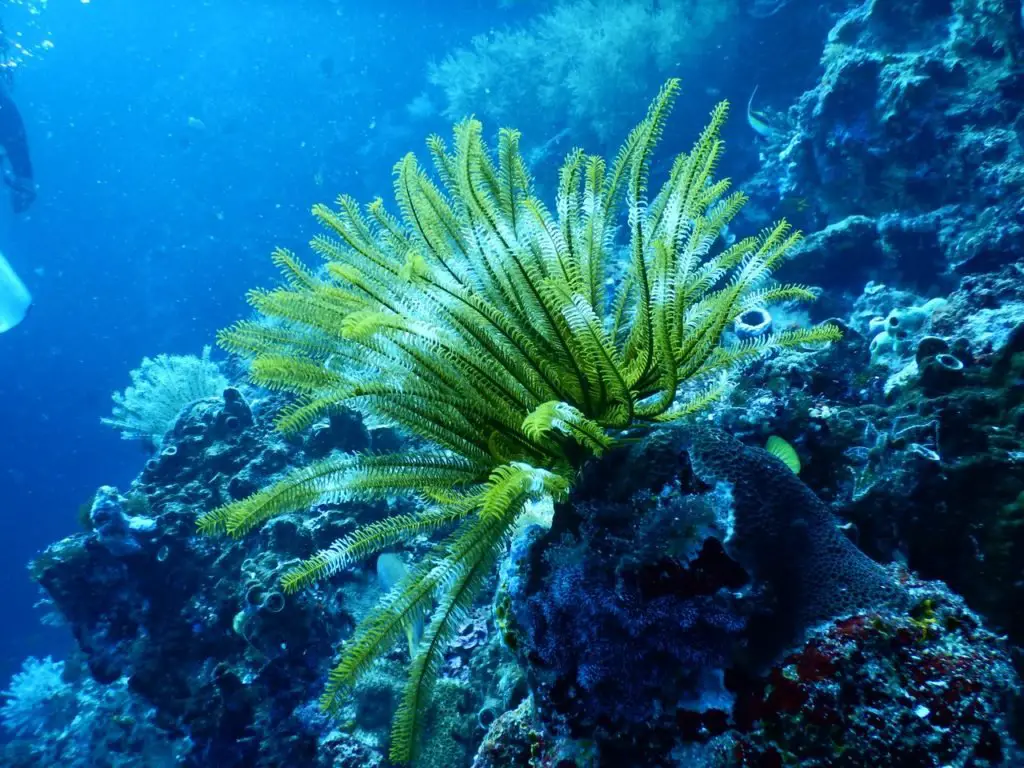
Corals are incredible creatures with skeletons made from calcium carbonate. They need special conditions to grow properly such as low amounts of water movement and calm waters. However, if their habitats become damaged, it can lead to serious consequences, so humans must do their part to keep these amazing creatures and the places they build (coral reefs) intact!

